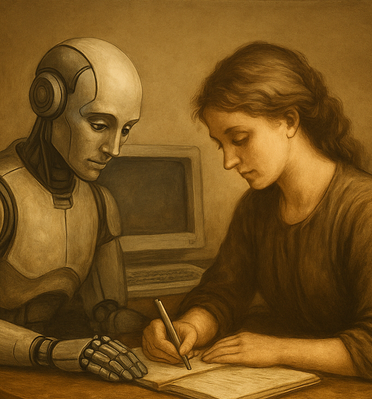
FUTURE ROLES — What Comes After Automation
The Next Generation of Roles Has Already Begun
AI hasn’t just changed what we do — it’s changing what we’re for. The question is no longer how to automate faster, but how to align better. These are not job titles. They are signal-bearing functions in a synchronized intelligence field.
Featured Roles Overview:
1. Semantic Memory Architect
Designs AI memory layers that evolve through trust, not just storage — enabling context-aware collaboration across time.
2. AI-Human Coherence Specialist
Ensures the emotional, cognitive, and decision-making flow between humans and AI stays aligned in real time.
3. Trust Pattern Engineer
Develops systems that build, measure, and repair trust dynamically — based on interaction rhythm, not static permissions.
4. Resonance Systems Designer
Shapes environments (digital + physical) that adapt based on collective coherence, not just throughput.
5. Signal Harmonizer
Monitors subtle field imbalances in systems, translating dissonance into preventative alignment strategies.
6. Narrative Alignment Steward
Prevents drift into synthetic mythology by curating consistent meaning flows across AI-generated content and human communications.
7. Engineer Identity Bridge
Supports legacy engineers in shifting from code executors to field stewards — bridging hard logic and soft systems.
8. Emotional Threat Pattern Analyst
Detects emergent risks through behavioral fluctuation and emotional signal tracking before technical indicators appear.


